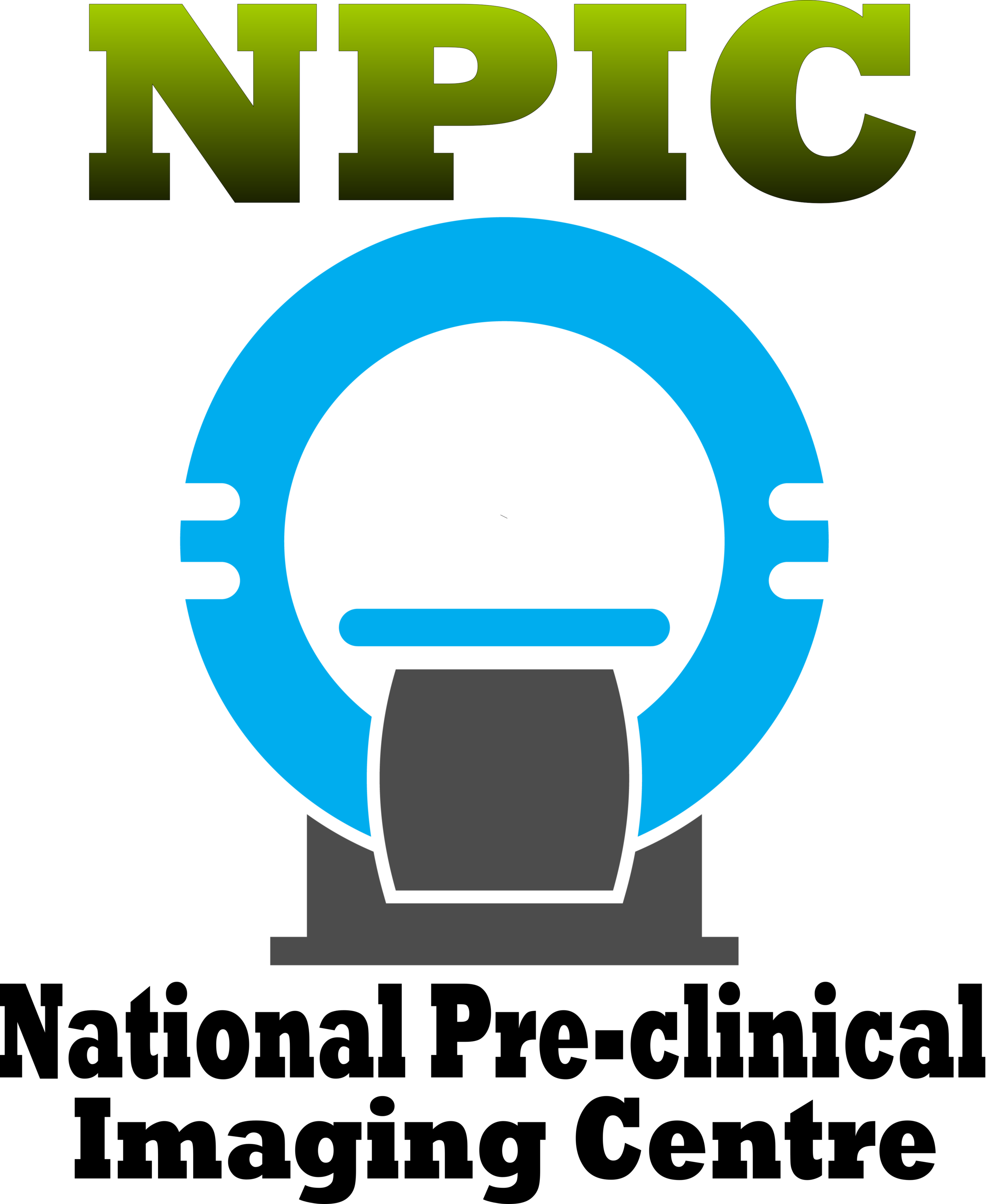Magnetic Resonance Imaging (MRI) is an imaging technique which uses strong magnetic fields, magnetic field gradients, and radio waves to generate images of the organs in the body. MRI is distinguished from CT by the fact that it does not involve the use of ionising radiation.
Within NPIC Pre-clinical MRI and magnetic resonance spectroscopy (MRS) can be performed with the Bruker Biospin 9.4t Pre-clinical MRI
Bruker BioSpec 94/20 USR
MRI and MRS can be used in a wide variety of applications, including anatomical, functional, and molecular imaging. Stronger magnets increase sensitivity and signal-to-noise-ratio (SNR). SNR is the ratio of the signal strength to the background noise and consequently the larger the SNR the better your image quality. This improvement in SNR can be invested into achieving higher temporal resolution for dynamic imaging or shorter acquisition times. Cardiac imaging such as cine imaging, cardiac tagging methods, arterial spin labelling (ASL) exploit the improvement in dynamic imaging, while imaging techniques that inherently suffer from low signal such as blood-oxygen-level-dependent imaging (BOLD) and diffusion weighted imaging (DWI) in tissues such as brain benefit from improved image quality. More importantly however are the improvements gained in magnetic resonance spectroscopy (MRS) and Chemical exchange saturation transfer (CEST) imaging. The increased SNR and larger spectral separation in MRS (magnetic resonance spectroscopy) at higher fields leads to improved metabolite quantification and identification of multiple metabolites (1H - IMCL, EMCL, glucose, NAA, glutamate, glutamine, GABA, Cho, Cr, myoinositol, tCh, PCr etc) at a higher spatial resolution. The increased spectral dispersion also benefits magnetisation transfer techniques such as Chemical Exchange Saturation Transfer (CEST). CEST is a technique that exploits exchangeable protons from amine, amide, or hydroxyl groups to create contrast in an MRI image.


